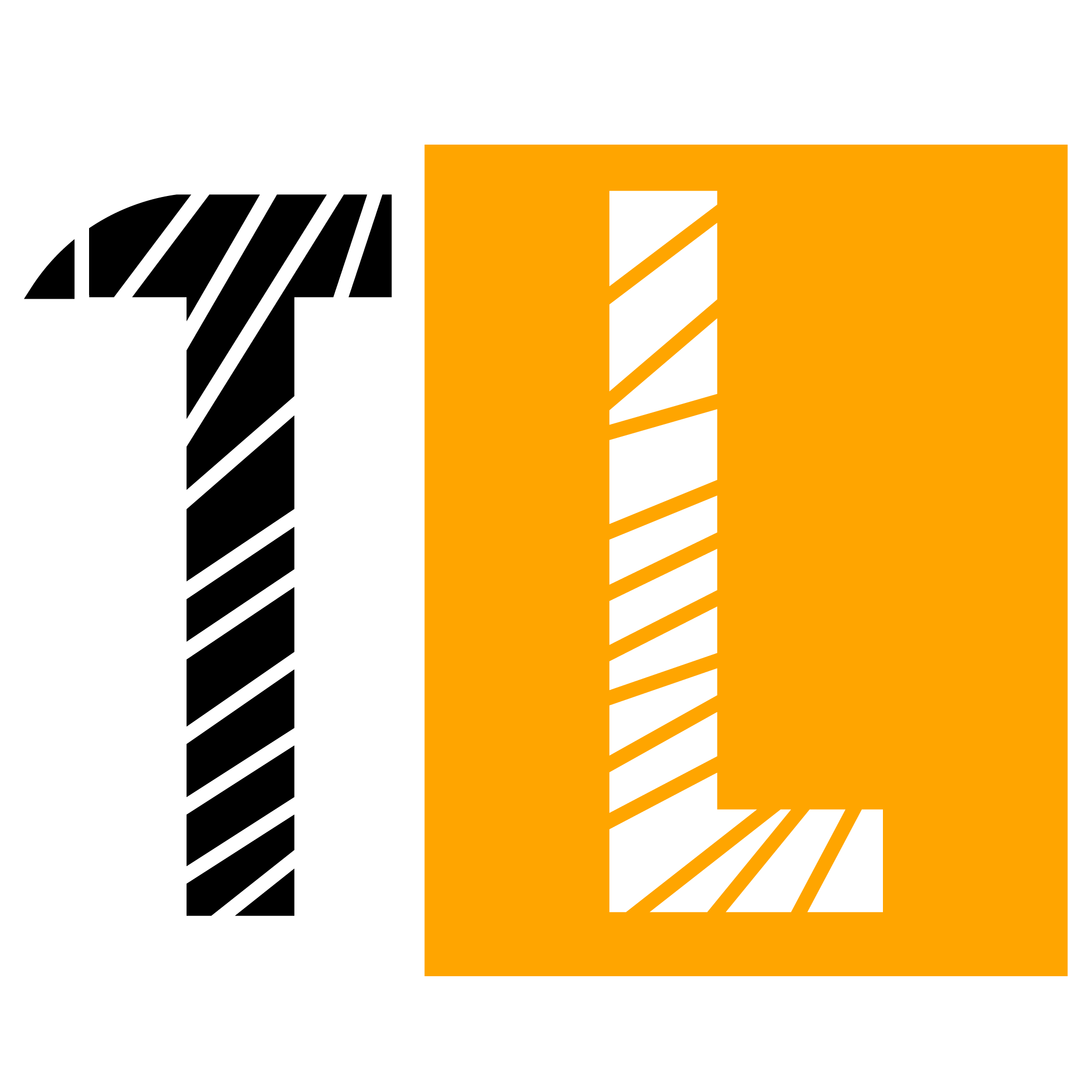For many homeowners, the intricacies of garden fence laws only become apparent when disputes arise. Boundary disagreements can escalate into costly and exasperating conflicts around garden fences. This comprehensive guide aims to demystify the complexities of garden fence ownership, providing crucial insights into establishing responsibility and maintaining peace with your neighbours.
Determining Ownership: Decoding Your Deeds
The age-old question, “Which fence is mine?” is answered in your property deeds. These documents contain a scale plan delineating boundaries, typically marked with a ‘T’ symbol, indicating fence or wall ownership. Joint ownership, represented by an ‘H’ shape, pertains to shared boundaries. In cases of unclear ownership, legal presumptions come into play. The hypothesis asserts that fence posts belong to the landowner, guiding fence orientation. Contrary to the common misconception that the left-side fence belongs to you, always rely on your deeds for accuracy.
Maintenance Responsibility: Navigating Murky Waters
In most instances, fence maintenance falls upon the owner, while party walls involve shared responsibility. Yet, ambiguity arises when deeds need more clarity or include repair covenants. Occasionally, prolonged maintenance by one party may lead to legal responsibility, although rare and challenging to prove. Despite deteriorating fences, there’s no legal obligation for repair, making it a vexing issue for many homeowners.
Dealing with Uncooperative Neighbors: A Frustrating Reality
Addressing an uncooperative neighbour regarding fence repair proves challenging. Legal avenues are limited, and employing experts often yields little success. Homeowners may erect their fences within their boundaries, regardless of the proximity to the neighbour’s fence. Understanding the concept of boundary lines devoid of ‘thickness’ is pivotal in such scenarios.
Erecting a New Fence: Navigating Legalities
Are you planning to install a new fence? Understanding the legalities is crucial. Responsibility aligns with ownership, with party fences being a joint affair. Local regulations dictate fence height, typically allowing up to two meters without planning permission. Fences exceeding this limit, including trellising, may require approval. Notably, properties near highways and public paths have additional restrictions, emphasising the need for thorough research before construction.
Smooth Side Dilemma: Debunking Myths
The orientation of the smooth side of the fence is often a point of contention. While the law mandates fence posts on the owner’s side, no rule dictates the soft side’s direction. Homeowners retain the freedom to choose, although an unwritten understanding often prevails.
Know Your Boundaries: A Preventive Approach
Amid the chaos of moving, understanding your property boundaries is paramount. Delve into your deeds to grasp your responsibilities fully. By being aware of your rights and limitations, you can preemptively prevent potential disputes, fostering harmony in your neighbourhood.
Your Trusted Partner in Property: Petty Son and Prestwich
In property transactions, Petty Son and Prestwich stand as pillars of reliability. Our family-owned firm, founded in 1908, provides individualised service, guaranteeing that you’re more than a number. Whether you’re purchasing, selling, renting, or letting, our knowledgeable team is committed to making your property aspirations a reality. Contact us today to see why we continue to thrive in the business and for a flawless and stress-free property experience.
Which side of the fence is whose responsibility?
The age-old question of fence ownership often needs to be clarified among homeowners. In general, your property deeds hold the key to determining which side of the fence you are responsible for. These documents usually contain a scale plan marked with a ‘T’ symbol, indicating fence ownership. Joint ownership, represented by an ‘H’ shape, applies to shared boundaries. While deeds for modern properties typically clarify requests, older documents might need more clarity. In such cases, legal presumptions come into play, guiding homeowners. Understanding these nuances is crucial for maintaining peaceful coexistence with your neighbours.
What is a boundary fence?
A boundary fence, or a property line or perimeter fence, is a vital structure separating adjoining properties. It plays a crucial role in providing property owners privacy, security, and clear ownership boundaries. Typically made of wood, metal, vinyl, or concrete, these fences act as physical barriers, deterring unauthorised entry, trespassing, and theft. By establishing distinct property lines, boundary fences help maintain order, prevent disputes, and create a sense of security for the individuals and communities they surround.
Do I have to give my Neighbour the excellent side of the fence?
Whether to give your neighbour the excellent side of the fence boils down to courtesy rather than strict legal obligations. While laws might not dictate which side should face your neighbour’s property, it’s a common practice to have the more attractive side of the fence face outward. This unwritten rule fosters positive neighbourly relations and contributes to a visually pleasing environment for both parties, promoting community harmony.
Can I build a fence close to my neighbours?
Could you erect a fence separating your residence from your neighbour’s? Though most landowners can do so, knowing any applicable municipal regulations is essential. Every area might have different rules, including height limitations and material restrictions. To avoid issues, it’s crucial to have open conversations with your neighbours about your plans, promoting understanding and preventing conflicts within the community.

